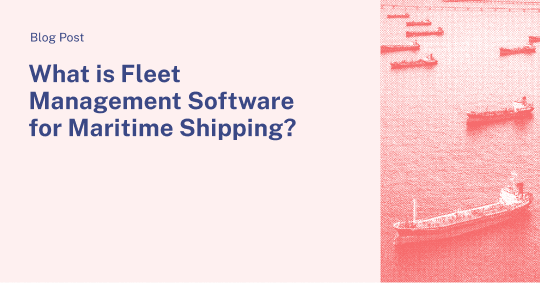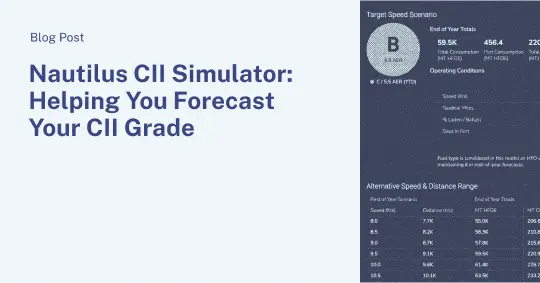Earlier this year, stories began to surface about contaminated HFO being sold in the Port of Houston. As the adulterated fuel was pumped off of the affected ships in ports around the world – and then apparently resold – we have since heard of vessels being impacted in harbors as far apart as Panama, Singapore, Hong Kong and Malaysia.
There are now more than 150 cases documented since April, and Lloyd’s list recently reported that more than 120 Greek-owned ships have been impacted. In some cases the same energy majors that were involved in the supply of the off-spec HFO are also chartering the impacted vessels – a bitter irony to be sure.
This epidemic is putting all ship owners, operators, and charterers at risk. The impurity is often untraceable in the ordinary quality tests. As a result, it’s impossible to tell that fuel was contaminated until a ship is mid-ocean, putting both voyage economics and – even more importantly – crews at risk. While our partners in the fuel business work to quickly address the root cause of the supply issues, there are steps owners can take today to mitigate the business risk of taking on bad bunker. And it all starts with real-time analytics.
The physical, financial, and human toll is huge
What makes contaminated fuel so dangerous? It all starts with the engine itself. Engine components are at risk of serious damage: fuel plungers are stuck, filters are blocked, and the fuel-pump seizes and fails. In more moderate cases, ships have to burn more fuel than expected, and spending additional energy heating the HFO to make it usable. In the worst case scenario, the engine shuts down and the entire vessel blacks out. The damage is often more pronounced because it can take weeks to discover that the fuel is contaminated.
Aside from the hardware and maintenance cost associated with fixing these problems, the financial exposure is even greater in regard to voyage economics. Working on bad HFO increases consumption to meet charter party speeds. Moreover, large ships are losing weeks of hire due to reduced speed, waiting to refuel in alternate ports, or remaining in port for repairs – and often times because of all three. Given the current buoyancy in day rates, this could mean hundreds of thousands of dollars of lost TCE earnings for owners – on each ship.
And ultimately seafarers lives are being put at risk too. While the financial impact of bad bunker supply is a major problem, the truly unscrupulous part of it is that crews are being put at risk of getting stranded in the middle of the ocean, while also having to undertake major unplanned emergency maintenance actions. It’s suspected that bad bunker may have caused the Thorco grounding, and that type of incident is just the canary in the coal mine.
You can protect your shipping business against this risk
While owner-operators may not be able to control the HFO supply chain, they can leverage a tool like Nautilus Platform to monitor main engine performance in real-time. This means live, automated SFOC and consumption data 24 hours a day, 7 days per week. Specifically, we recommend they explore:
- Tracking main engine SFOC after every refueling or ECA exit. A big shift in SFOC (5% or more) after a refueling or a fuel switchover indicates trouble. A Nautilus engine performance alert can identify the change immediately, and help the shoreside team and the engineers on board react as quickly as possible.
- Alert operations about stoppages at sea. The worst bad bunker events mean the vessel will ultimately stop unplanned in the middle of the ocean. With real-time alerts from Nautilus Platform, operators can immediately identify stoppages at sea and help the crew coordinate emergency assistance.
- Monitor the speed and consumption profile constantly. In cases where the adulteration is less immediately obvious, Nautilus provides live speed and consumption tracking on vessels, normalized for weather and sea state. If it looks like 17 kts is now requiring 80MT instead of 75MT in the same draft condition, a proactive investigation is warranted to rule out fuel issues.
Bad bunker exposes ship owners-operators to great uncertainty, causes tremendous damage to their assets, and hurts both TCE and utilization. Nautilus Platform removes that uncertainty by providing real-time performance awareness for the engine, vessel, and crew. The difference between catching bad bunker within the first 48-hours and a week into a transoceanic passage is massive. Don’t wait for a blackout to know you’ve bought bad bunker.


